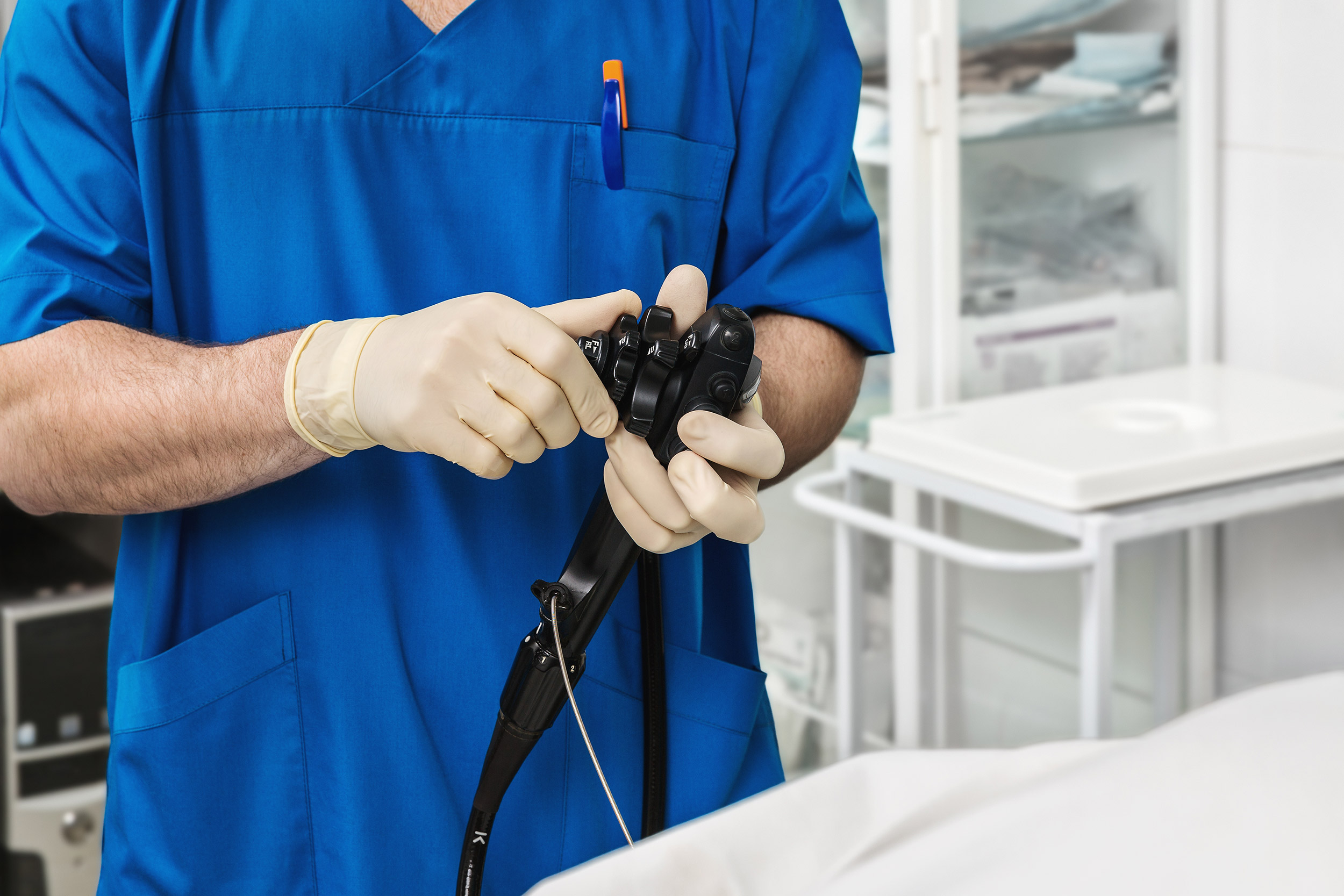
A meta-analysis of seven European-based studies concluded that 18 percent of patient-ready GI endoscopes may be contaminated at time of use.
These findings were presented in an abstract at the European Society of Gastrointestinal Endoscopy (ESGE) 2021 annual meeting and do not correlate with a suggested infection rate for the patients on which these devices are used.
Sara Larsen, the lead author of the study, presented two additional posters at ESGE Days, also assessing the potential for cross-contamination among reusable GI endoscopes. Larsen worked for Ambu A/S, a manufacturer of single-use endoscopes, in April 2021, when these findings were published.
Reprocessing of GI endoscopes has been under increased scrutiny in recent years, and the contamination rate reported in this research is higher than the estimated 9 percent rate for reusable duodenoscopes (a type of GI endoscope) currently cited by the U.S. Food and Drug Administration (FDA). The FDA recently recommended a shift to partially disposable or fully single-use duodenoscopes based on the assumed contamination rates of those devices.
While Larsen and her co-authors admit there is potential for bias in the new calculated contamination rate based on the studies included in the analysis, they also believe the data has big implications for the industry. Their analysis, they say, proves microcultures survive on GI endoscopes in areas other than the scope’s elevator mechanism.
The elevator mechanism — a defining component of duodenoscopes — is most often blamed for inadequate reprocessing and lingering contamination.
Additional posters presented by Larsen and her fellow researchers at 2021 ESGE Days aimed to explain how European GI endoscopists understand cross-contamination risks in endoscopy and what, if any, workflow challenges result from reusable endoscopes.
Some GI endoscopes — such as duodenoscopes used for endoscopic retrograde cholangiopancreatography (ERCP) and echoendoscopes used for endoscopic ultrasound (EUS) — contain elevator mechanisms to manipulate procedural accessories in the digestive tract. These elevators are difficult to clean and often are identified as the culprit behind endoscope contamination.
Duodenoscopes and echoendoscopes, however, are not the only flexible endoscopes used in the digestive tract that may still contain dangerous microorganisms after reprocessing. To that end, Larsen and her team sought to understand how GI endoscopists perceive cross-contamination risks with colonoscopes and gastroscopes.
More than 450 GI endoscopists from the UK, Spain, Italy, France, and Germany responded to an electronic survey regarding perceived contamination rates among reusable colonoscopes and gastroscopes.
Italian GI endoscopists reported a perceived contamination rate of 21.2 percent for colonoscopes — the highest of any group.
The average contamination rates estimated by GI endoscopists across the five countries were 12.6 percent for colonoscopes and 10.2 percent for gastroscopes.
Larsen and her colleagues called these findings significant because they prove that European GI endoscopists are familiar with and aware of the risk of cross-contamination in GI endoscopy. A quarter of the physicians surveyed (26 percent), however, were unaware of how reprocessing is completed in their institution.
Since reusable endoscopes require reprocessing and regular maintenance and repair, Larsen and her team assumed that GI physicians would report procedural delays resulting from these processes.
Survey results showed that, of the more than 450 GI endoscopists across five countries who participated, 13 percent often had to wait for a gastroscope. About 14 percent reported regular delays due to waiting for a colonoscope. Only 5 percent of respondents reported never having to wait for an endoscope.
The survey also asked physicians to disclose any issues with degradation of flexible gastroscopes and colonoscopes. Larsen and her team found no statistical significance between reported wear and tear of devices in high volume vs. low volume centers. But, 18 percent of surveyed physicians said they experienced issues with endoscope degradation in regular practice.


